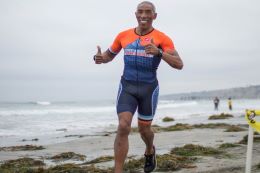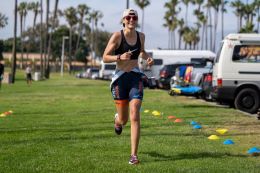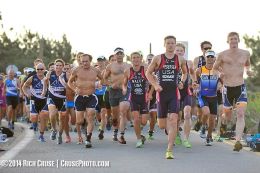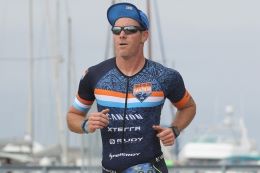Running Safety Tips:
Don’t wear headphones. It may seem tempting, but your ears can help you avoid dangers your eyes may miss, especially when running in the evening or early morning.
Carry identification, or at least write your name, phone number, and blood type, and medical information on the inside sole of your running shoe.
Carry your cell phone and know the locations of any public places along your regular route where you could access a phone if needed.
Run against traffic so you can see oncoming vehicles; it may help you to react more quickly if needed.
Make eye contact before crossing in front of vehicles. Be sure drivers acknowledge your right-of-way before you cross their path, and obey traffic signals.
Avoid areas that are unpopulated, deserted, overgrown, or unlit - especially at night. Stay clear of parked cars, large bushes, and similar obstacles.
Keep alert and aware of everything going on around you. If you’re feeling unsure of a person, situation, or area you’re approaching, trust your intuition and follow a trusted path.
Wear reflective material, especially if you must run before dawn or after dark. When it’s dark, avoid being on the street.
Safety in numbers: run with a partner, group, and/or with a dog.
Write down or let a friend or family member know which direction you’re running. Make sure your favorite running routes are known to those closest to you.
If you encounter verbal harassment along your route, ignore it, and do not harass others. Use discretion in acknowledging others around you. Look directly at them and be observant, but keep your distance and don’t stop.
When using multi-use trails, follow the rules posted. If you change direction, check over your should before crossing the trail to avoid colliding with a passing runner or cyclist.
Run in familiar areas and alter your route so that your pattern is unpredictable. If traveling, inquire about routes with a local running or triathlon club or store. Know where open shops and businesses are located in case of emergency.
Memorize license plates and note identifying characteristics of strangers along your path.
Get training in self-defense and carry a noisemaker.
CALL POLICE IMMEDIATELY if you notice anyone out of the ordinary or if something happens to you or someone else.




